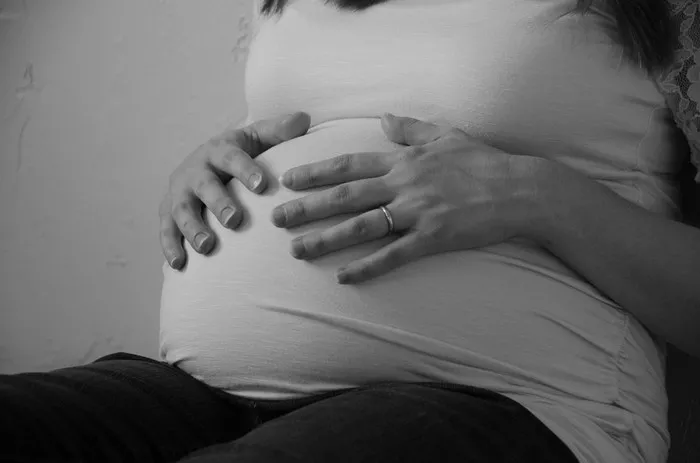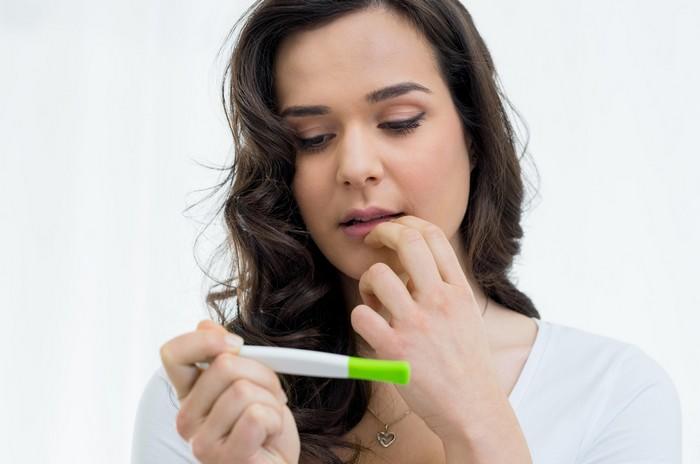A tilted uterus, also known as a retroverted or tipped uterus, is a common condition where the uterus tilts backward instead of its usual forward position. While it may sound concerning, a tilted uterus is often harmless and typically does not affect a woman’s overall health or fertility. However, understanding what causes a tilted uterus and how it might impact a woman’s health is important for women who experience related symptoms or concerns.
Understanding the Uterus and Its Position
The uterus is a hollow, muscular organ located in a woman’s pelvis. It is shaped like an upside-down pear and is responsible for housing a developing fetus during pregnancy. In most women, the uterus is positioned slightly forward, leaning over the bladder, but in some cases, it may tilt backward toward the spine. This backward tilt is known as a tilted, retroverted, or tipped uterus.
While the position of the uterus can vary slightly among women, it does not always affect pregnancy or fertility. However, a retroverted uterus may cause symptoms in some women, including pelvic pain, discomfort during intercourse, or difficulty inserting tampons.
Causes of a Tilted Uterus
There are several reasons why the uterus might be tilted backward, and these causes can differ depending on a woman’s age, health, and individual anatomy. Some women are born with a naturally tilted uterus, while others may experience a change in position later in life. Here are some of the most common causes:
1. Congenital Factors
Some women are born with a tilted uterus. This means that the positioning of the uterus is naturally backward from birth. In most cases, a retroverted uterus caused by congenital factors does not result in any symptoms or health issues. Women with a naturally tilted uterus can typically have normal menstrual cycles, fertility, and pregnancy outcomes.
A tilted uterus caused by congenital factors may not be noticeable until later in life when a woman experiences pelvic exams or other health screenings. However, many women with this condition go about their daily lives without any problems or even realizing that their uterus is tilted.
2. Pregnancy and Childbirth
Pregnancy and childbirth can also play a significant role in the positioning of the uterus. During pregnancy, the uterus undergoes many changes in size, shape, and position to accommodate the growing fetus. In some cases, the ligaments that support the uterus may become stretched or weakened, causing the uterus to tilt backward after childbirth.
A retroverted uterus can sometimes develop after multiple pregnancies or as a result of a vaginal delivery. The stretching of the ligaments and tissues that support the uterus may lead to a change in position, although this is not always the case. It is important to note that while a tilted uterus after pregnancy can be a normal variation, it typically does not interfere with fertility or future pregnancies.
3. Pelvic Surgery or Trauma
Certain pelvic surgeries or injuries may cause the uterus to tilt or shift out of its normal position. Surgery involving the uterus or other pelvic organs, such as a hysterectomy or a procedure to treat endometriosis, can sometimes alter the position of the uterus.
Additionally, pelvic trauma, such as a fall or injury to the pelvic area, may impact the alignment of the uterus. In some cases, the uterus may shift to a tilted position due to scarring or changes in the surrounding tissues. However, it is worth noting that these instances are rare, and many women experience no significant symptoms.
4. Endometriosis or Pelvic Inflammatory Disease (PID)
Endometriosis and pelvic inflammatory disease (PID) are two conditions that can lead to changes in the positioning of the uterus. Both of these conditions involve inflammation or scarring of the pelvic organs, which can affect the ligaments that support the uterus.
Endometriosis occurs when tissue similar to the lining of the uterus grows outside the uterus, causing pain and inflammation. This can lead to the formation of scar tissue, which may pull the uterus into a tilted position.
Pelvic inflammatory disease (PID) is an infection of the reproductive organs that can lead to scarring and adhesions in the pelvic cavity. These adhesions may affect the positioning of the uterus, causing it to tilt backward.
5. Fibroids or Uterine Tumors
Uterine fibroids are non-cancerous growths that develop in or on the walls of the uterus. In some cases, fibroids can cause the uterus to become enlarged or misshapen, which may lead to a retroverted position. Fibroids that grow in specific areas of the uterus, such as the posterior part, can contribute to a tilted uterus.
Similarly, other uterine tumors, though rare, may also have the potential to affect the position of the uterus. Tumors that cause the uterus to enlarge or change shape may cause discomfort, and in some cases, the uterus may tilt backward.
6. Pelvic Floor Dysfunction
Pelvic floor dysfunction is a condition in which the muscles and ligaments in the pelvic area become weakened or damaged. This can lead to various symptoms, including pelvic pain, urinary incontinence, and difficulty with bowel movements.
In some cases, pelvic floor dysfunction can cause the uterus to tilt or become displaced due to weakened support structures. While this condition is not the most common cause of a tilted uterus, it can be a contributing factor, particularly in older women or those who have undergone multiple pregnancies.
7. Aging
As women age, the muscles, ligaments, and tissues that support the uterus can weaken. This natural process can lead to a shift in the position of the uterus, sometimes resulting in a tilted uterus. This shift is more common after menopause when the body undergoes hormonal changes that affect the reproductive system. However, a tilted uterus in older women is generally not considered to be a major health concern unless accompanied by other symptoms.
Symptoms of a Tilted Uterus
Most women with a tilted uterus do not experience any noticeable symptoms. In fact, many women are unaware of the condition until a pelvic exam or ultrasound reveals the tilted position of the uterus. However, in some cases, a tilted uterus may cause the following symptoms:
Pelvic Pain: Some women with a tilted uterus experience mild pelvic discomfort, especially during sexual intercourse. The angle of the uterus may put pressure on nearby structures, leading to discomfort.
Painful Menstrual Periods: A tilted uterus may cause cramps to feel more intense or cause the uterus to contract more forcefully during menstruation, leading to increased pain.
Difficulty Inserting Tampons: In rare cases, the tilt of the uterus may make it more difficult to insert tampons or menstrual cups comfortably.
Back Pain: A retroverted uterus may put pressure on the lower back, leading to discomfort or pain in some women.
Diagnosis and Treatment of a Tilted Uterus
A tilted uterus is often discovered during a routine pelvic exam or ultrasound. If a woman experiences symptoms that may be related to a tilted uterus, her doctor may recommend imaging tests, such as an ultrasound or MRI, to confirm the condition.
Treatment is typically not necessary for a tilted uterus unless it is causing significant symptoms. In some cases, treatment may involve exercises to strengthen the pelvic floor muscles or using different positions during sexual intercourse to alleviate discomfort. If the condition is causing significant pain or complications, further evaluation may be needed to rule out other underlying conditions, such as fibroids, endometriosis, or pelvic infections.
Conclusion
A tilted uterus is a common condition that can occur for a variety of reasons, including congenital factors, pregnancy, pelvic surgery, or certain medical conditions. For most women, a tilted uterus does not cause any symptoms or health concerns, and it does not affect fertility or pregnancy outcomes. However, if symptoms such as pelvic pain or discomfort occur, it is essential to consult with a healthcare provider to rule out any underlying causes and explore potential treatment options.
If you have been diagnosed with a tilted uterus and are experiencing symptoms, talk to your gynecologist to discuss ways to manage discomfort and improve your quality of life.
Related topics:
Will Fibroids Shrink on Their Own?

























